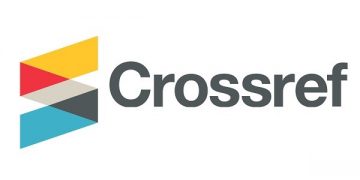PHONOLOGY: EXAMINING THE SOUND SYSTEM FROM AN EDUCATIONAL PERSPECTIVE
DOI:
https://doi.org/10.61722/jinu.v1i4.1691Keywords:
Educational perspective, phonology, sound system, examining.Abstract
This research aims to explain and find out how to examine the sound system from an educational perspective. This research is literature review research. Based on the results of the discussion, it can be concluded that the exploration of phonology in the realm of education reveals its multifaceted significance in language teaching and learning. Through a thorough examination of phonological concepts, educators gain insight into various aspects of language acquisition, literacy development, language teaching, and remediation strategies for language learning difficulties. Phonology serves as a foundational element in early literacy acquisition, language instruction, and language assessment, contributing to the holistic development of learners' language skills. By recognizing the pivotal role of phonology and integrating its principles into educational practices, educators can create supportive learning environments that cater to diverse learners' needs and promote their language proficiency and academic success. Thus, phonology emerges as a vital component in shaping effective language education policies and practices worldwide.
References
Adams, M. J. (1990). Beginning to Read: Thinking and Learning about Print.
Cambridge: MIT Press.
Alderson, J. C. (2005). Diagnosing foreign language proficiency: The interface between
learning and assessment. California: Continuum.
Celce-Murcia, M., Brinton, D. M., & Goodwin, J. M. (1996). Teaching Pronunciation:
A Reference for Teachers of English to Speakers of Other Languages.
Cambridge: Cambridge University Press.
Ehri, L. C. (2005). Learning to read words: Theory, findings, and issues. Scientific
studies of reading, 9(2), 167-188.
Goswami, U., & Bryant, P. (1990). Phonological Skills and Learning to Read.
Mahwah: Erlbaum.
Hatcher, P. J., Hulme, C., & Snowling, M. J. (2006). Explicit phoneme training
combined with phonic reading instruction helps young children at risk of reading
failure. Journal of Child Psychology and Psychiatry, 47(8), 820- 832.
McArthur, G., Castles, A., Kohnen, S., & Banales, E. (2009). Phonics training for
English-speaking poor readers. Cognitive Neuropsychology, 26(3), 231- 249.
Selkirk, E. O. (1982). The Syntax of Words. Cambridge: MIT Press.
Snowling, M. J. (2000). Dyslexia (2nd ed.). Oxford: Blackwell Publishing. Tomlinson, B. (2012). Materials development in language teaching. Cambridge:
Cambridge University Press.
Zed, M. (2014). Metode Penelitian Kepustakaan. Jakarta: Yayasan Obor Indonesia













